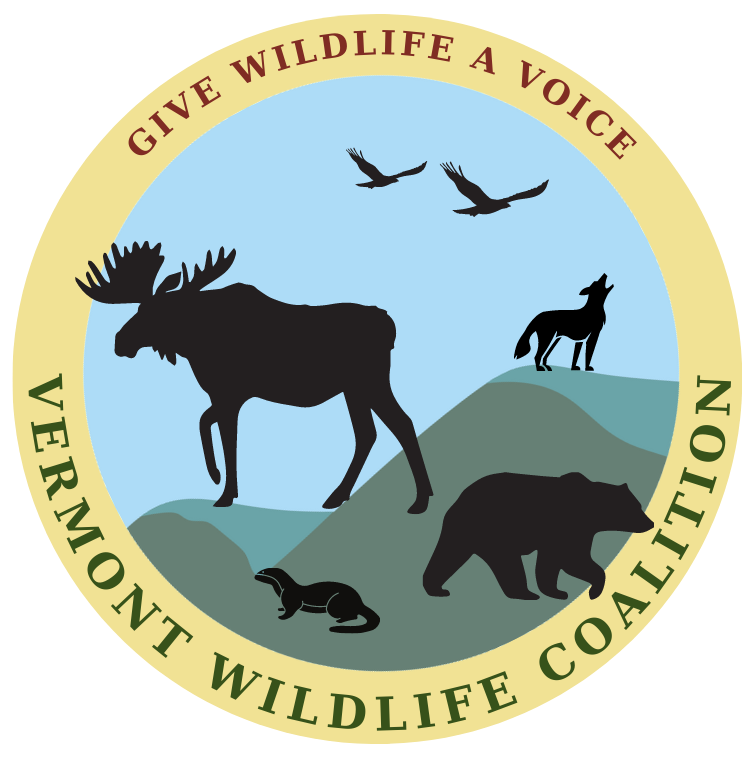Funding Gaps
1. In 2007, the Vermont Wildlife Partnership, consisting of 48 organizations and businesses, published Vermont’s Wildlife at the Crossroads:
Like most states in the nation, we face a growing threat. The traditional sources of funding for fish and wildlife conservation are providing less and less revenue. Underfunded state fish and wildlife agencies, including Vermont’s, are being forced to cut programs, and the challenges they face are becoming more numerous and more complex.
2. In 2016, the Association of Fish and Wildlife Agencies (AFWA), the official industry voice for all 50 state fish and wildlife departments (Vermont’s FWD is a member) concluded, “The 20th century model of funding was never designed to meet the 21st century demands of fish and wildlife conservation.” The AFWA Blue Ribbon Panel’s words are compelling:
For every game species that is thriving, hundreds of nongame species are in decline….Unlike the conservation finance system that was created for game and sport fish, there is no comparable funding mechanism to manage the majority of fish and wildlife under state stewardship.
3. In 2018, the National Wildlife Federation, a non-profit serving hunters and non-hunters alike, issued their own major report on the funding shortfall:
Despite the dire condition of America’s wildlife, the research is clear that collaborative conservation actions can make a difference, and can ensure that the nation’s species not only survive but thrive. These successes depend on a variety of factors … perhaps most importantly, adequate resources and funding….Yet while we now have a firm grasp of the scale of the problem as well as plans in place to turn the situation around, the amount of funds currently available for wildlife conservation are only capable of meeting a small fraction of the need.
What does funding look like in Vermont?
There are three major sources of FWD funding. About one third of the budget comes from license fees. However, hunting and angling license fees, as has been well-documented, are in decline, and have been since at least 2006, because of demographic shifts and changes in cultural values and attitudes resulting in fewer people wanting to hunt and fish.
Another third of the budget is the state general fund, comprised of tax dollars. The FWD is increasingly drawing on state general fund dollars to replace lost revenue, so that contribution grows over time.
The final third comes from federal grant money. This money is problematic because the state must provide match from license sales to draw down funds.
As license sales decrease, the amount of qualified drawdown decreases also. We need to reverse this trend by increasing state match. Another issue is that the federal dollars available are simply inadequate to meet the goals of the Vermont Fish and Wildlife Department’s Wildlife Action Plan (WAP):
To do justice to this Action Plan, and to help the many SGCN [Species of Greatest Conservation Need] and habitats in need, we need to add one problem to the list … that our technical teams did not identify directly in their assessments, but it was often discussed during team meetings—the lack of sufficient funding for wildlife conservation. Without sufficient funding we will not be able to implement many of the conservation strategies identified in this report. The [federal] State Wildlife Grants program is a critical first step in funding SGCN conservation, but more is needed. And, to make the most of SWG funds, Vermont will have to develop the required matching stateside funds.
The National Wildlife Federation echoed this point, "In fiscal year 2017, $52 million was allocated, meaning that most states received less than $1 million [in federal SWG funds] to implement their State Wildlife Action Plans, a sum that falls far short of the funding needed.”
The budget adjustments between these three pots underscore the FWD’s effort to maintain an adequate operational funding level at a time when the FWD has more responsibilities than ever before. The FWD strategic plan notes, “Over time, the people of Vermont through its General Assembly have increased and diversified the responsibilities of the department. The department is now responsible for the conservation of all wildlife in its broadest sense.” It goes on to say that the broadest sense includes 21,000 species and 80 types of natural communities. To meet that obligation, services encompass wildlife management, fisheries, search and rescue, law enforcement, species monitoring and restoration, habitat conservation, public education programming and administration, the last involves managing $8 million in grants received and dispensing over a million dollars in grants to partners. The FWD today is light years away from 1876 when the legislature gave fish commissioners authority over game as well as fish.
